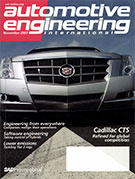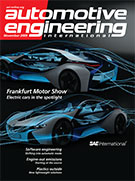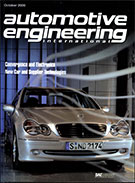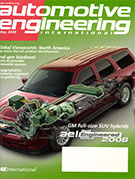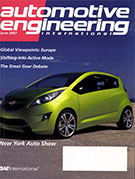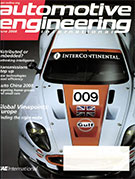Magazine

Automotive Engineering International 2000-02-01
2000-02-01
Increasing the hydroforming knowledge base Tube hydroforming has become a viable economic alternative to various stamping and welding processes in automotive applications. Controlling two-stroke engine emissions With the constant rich operation of two-stroke engines, common design criteria for three-way catalysts fail. DaimlerChrysler technical symposium A year after the merger that created the new corporation, engineers from both groups came together to present a unified technical symposium to review the future direction of the new organization. Here are some highlights of the more significant technical developments. Vertical complex-shape headlamp reflectors Another improvement in lighting technology gives designers increased flexibility in vehicle appearance with no loss in lighting performance. Advances in static and dynamic exhaust system seating Major redesign, combined with minor improvements in simple details, returns significant benefits in sealing.


